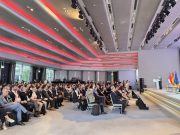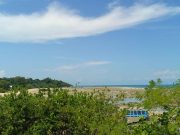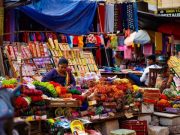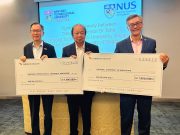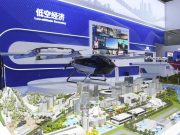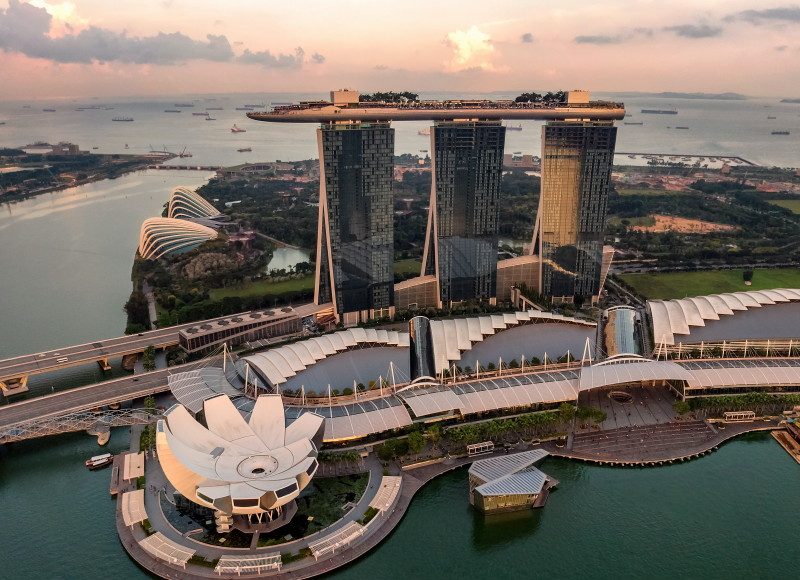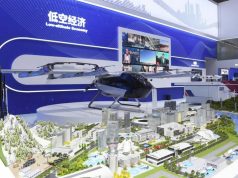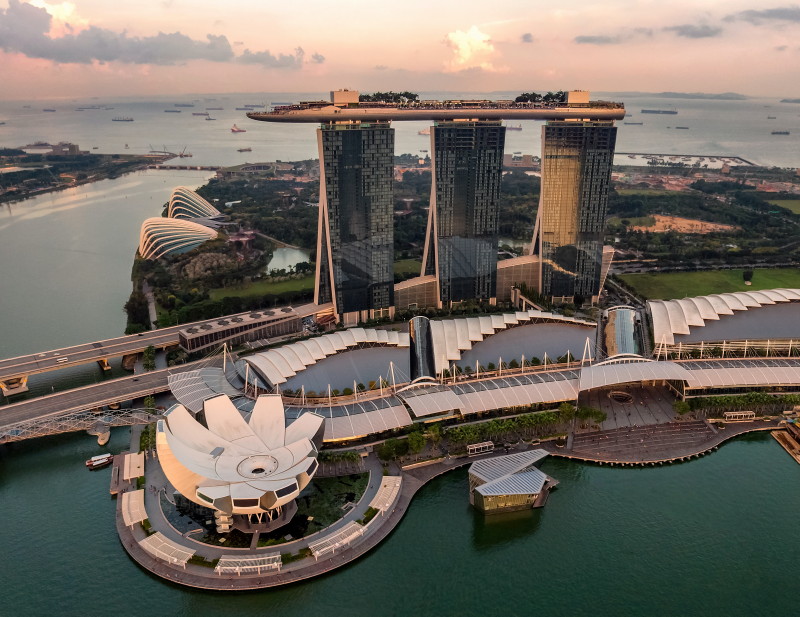
(Singapore, 06/10/2022) Post-COVID-19 recovery is beckoning in the hospitality sector in Asia Pacific. Among the region’s developed countries, the recovery race is being led by Singapore, which hosted the Formula 1 Grand Prix last weekend. We explore why Singapore’s hospitality market should deliver rapid growth over the next few years.
In Singapore, the demand for hotel rooms is dominated by international travellers, both tourists and businesspeople. The country received 19.1 million international visitors in 2019 – more than threefold of its population of six million. Traditional attractions of Singapore for tourists include its lively mix of cultures and vibrant dining scene; Singapore has the second highest per capita number of Michelin-starred restaurants among leading Asian cities. From a business perspective, Singapore’s position as the leading communications hub of Southeast Asia and strong government support turned the country into a top MICE (“meetings, incentive travel, conventions and exhibitions”) destination prior to COVID- 19. Further, the establishment of the Marina Bay Sands and Sentosa integrated casino resorts boosted both tourists and business visitors.
Inbound visitors to Singapore plunged over 2020 and 2021, but are now rebounding, boosted by the almost complete removal of COVID-19 restrictions over the spring and summer. In August 2022, Singapore received 730,000 international arrivals or about 45% of the peak monthly level of 1.6 million before the pandemic. The reopening of Changi Airport’s Terminal 4 in mid-September and the Singapore Formula 1 event should stimulate inbound travel. One forecaster expects monthly international visitors to return to 2019 levels by late 2023 or early 2024, with Singapore one of the first APAC markets to see this.
Hotel occupancy in most developed APAC markets has been rising since the start of 2022, but Singapore has led the way. As of August, Singapore ranked first among developed APAC markets by occupancy rate, at 72-73%, compared to a range of 60-70% for the other markets. As of July 2022, ADR (Average Daily Rate) in the Singapore market was up as much as 5% compared to July 2019, while RevPAR (Revenue per Available Room) was down 15-20%. Singapore has not been as successful so far as Australia and South Korea in pushing up ADR and RevPAR. However, Singapore has been far more successful than Japan, for which ADR remains 25-30% below 2019 levels and RevPAR 45-50% below.
We expect recovery in the Singapore hotels market to continue. Not only is the demand outlook strong, but also, new supply is modest. Hotel rooms in Singapore number about 75,000, which should only increase by 6-7% over the next four years. Demand and supply are well-balanced across most market segments, but new luxury offerings are increasingly driving occupancy. This background is promising for growth in hotel revenues. CBRE forecasts that occupancy will reach about 87% by 2024 and that RevPAR will recover to US$195 (up 2% from 2019) in the same year. On this basis, hotel sector operating cash flows should return to pre-Covid-19 levels by late 2024.
The Singapore hospitality sector has got off to a strong start in the recovery race. The strong recovery should continue over the next few years, given the high demand and modest supply, and Singapore hotels, in aggregate, should achieve significant growth in revenues and operating profit. However, Singapore has been a magnet for capital, posting a 51% increase in real estate investment transactions in H1 2022 versus an 11% fall for APAC. High demand for real estate assets has pushed up prices and compressed yields, though more obviously in other sectors than hotels.
– Andrew Haskins, Head of Strategy and Investor Advisory, Real Estate, Asia Pacific, Schroders Capital


